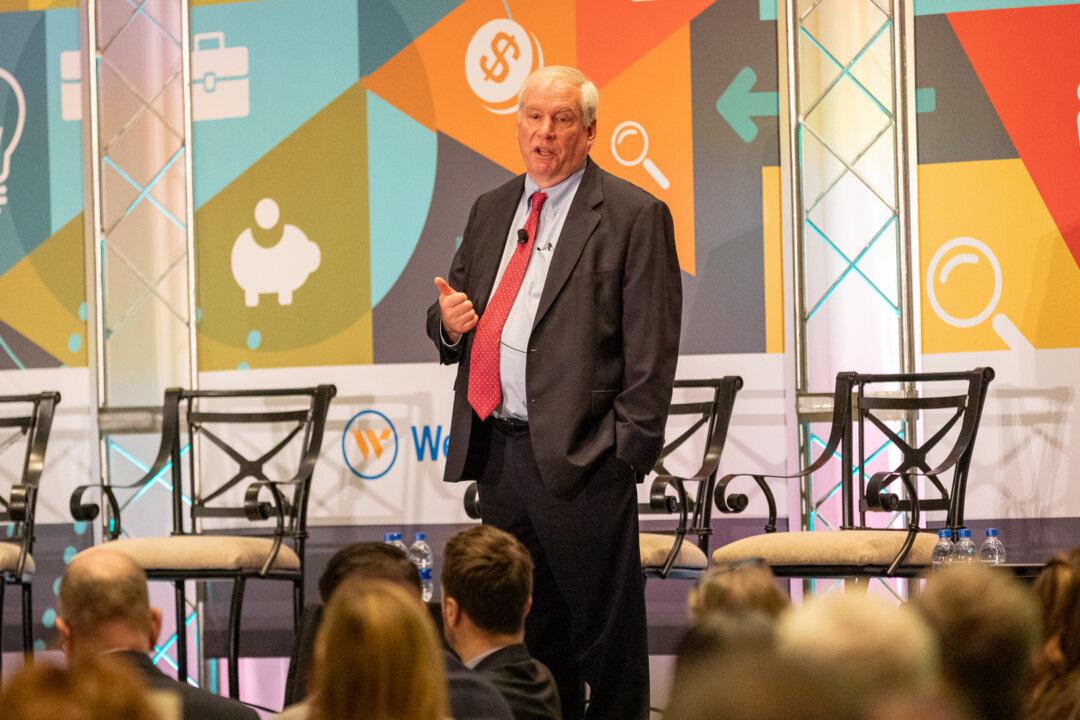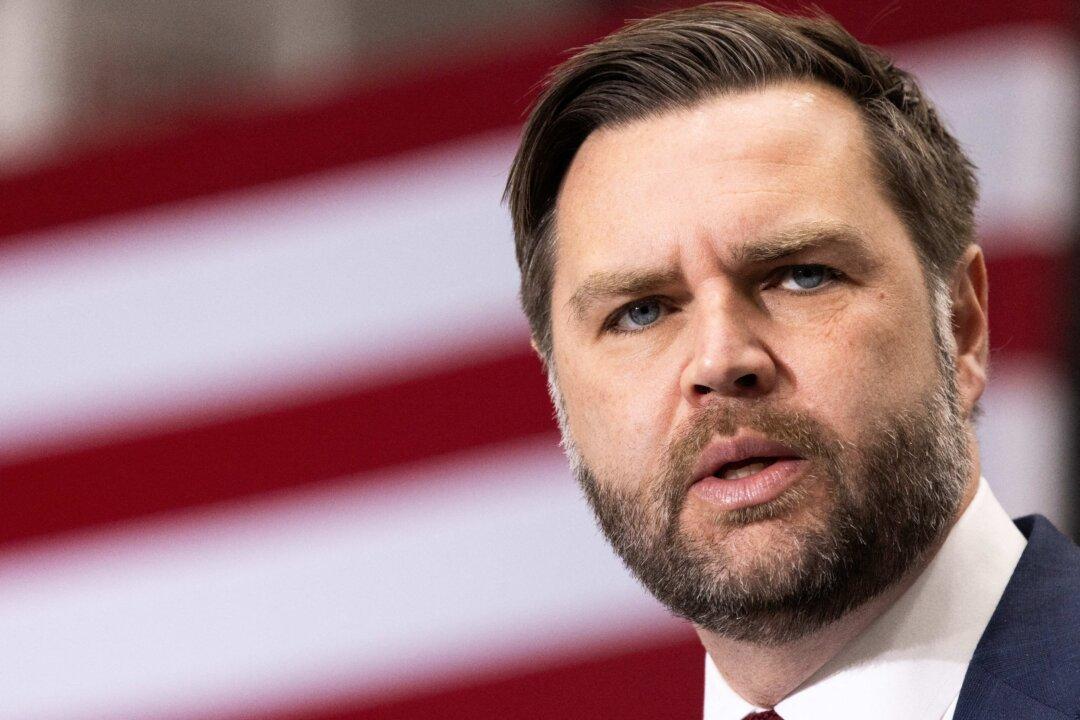Boston Fed President Eric Rosengren hit an upbeat tone on the economy while noting downside risks, including threats to financial stability.
“Today I’m going to be the resident optimist,” Rosengren said in remarks on Jan. 13. “You don’t normally invite an economist onto the program to be the optimist in the group, but actually the economy is doing quite well,” he told an audience at the Connecticut Business & Industry Association.





